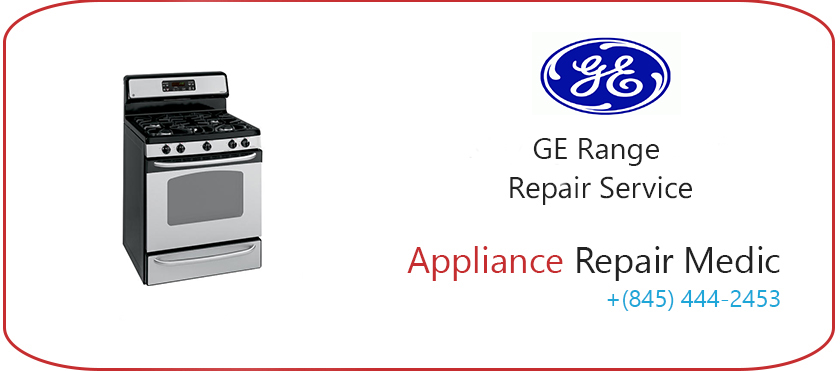GE RANGE REPAIR SERVICE – Appliance Repair Medic
Having your range, break down on you before an important dinner can really put a crimp in your day. That’s why Appliance Repair Medic have learned to call GE Range first when they need maintenance or repair for their kitchen appliances. Appliance Repair Medic has been repairing range tops, slide-in ranges, ever since it opened back in 1999. Our range of services makes us a leading company when it comes to repairing cooktops in homes and businesses. We’re authorized to repair GE brand ranges. More importantly, our customers know they can count on honest, friendly, and reliable service whenever they need it. This has been the hallmark of our repair service since day one, and it’s something we and our customers never take for granted. If you need repairs to your Range, give us a call or send us an EMAIL. Unlike a gas range, an electric range will never leak fuel or create carbon monoxide from burning fuel. Instead, an electric range uses an electrical supply – your home current, 220 volts – and converts it to heat. The greater the electrical flow generated the more heat that results. Turning the knobs controlling your burners or oven works similar to a light dimmer switch, increasing or decreasing the flow of electrical current and thus the temperature of the element. Here are some Problems of GE Ranges:
- Unit not broiling or baking in GE Ranges?
- GE Ranges not keeping the temperature
- Low flame in GE Range?
- The broken thermostat in GE Range?
- GE Ranges malfunctioning selector switch problem?
- Defective gas safety valve in GE Ranges?
- GE Range’s igniter making a clicking sound
- Ignitor glows but not ignition to the unit in GE Ranges?
- GE Ranges stuck on self-cleaning mode?
- GE range is discoloring on top?
- The door not opening after the cycle is completed in GE Ranges?
The oldest electric GE ranges use a conventional coil heating element, known as a “resistive coil.” This is nothing more than an electrical wire encased in an insulating sheath. This sheath is the reason you cannot electrocute yourself by touching the burner or the pan on top of it. You know this one by the appearance – flat black coils over rounded burner drip bowls that catch your drips and spills. Moving to the electric ranges typically features two heating elements – one for baking, one for broiling. Both are controlled with an oven selector switch as well as temperature control. A thermostat monitors and regulates Ranges temperatures, opening the circuit to break the flow of heat (electricity) and closing it when the temperature drops by more than 20 degrees. This thermostat is directly behind the oven temperature-setting knob with a thin copper tube that runs to the oven for temperature sensing.


